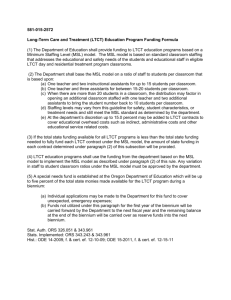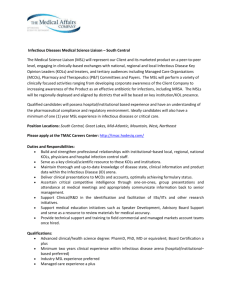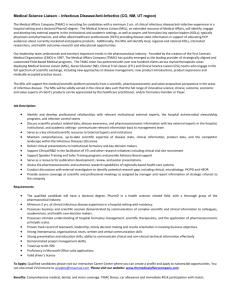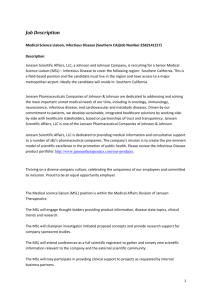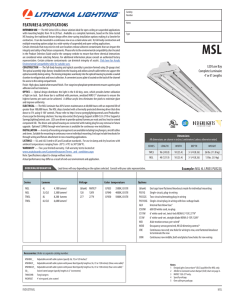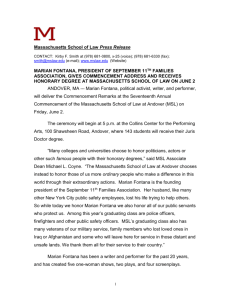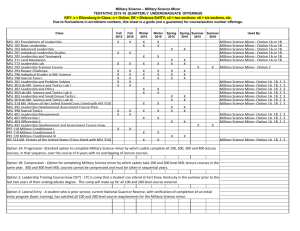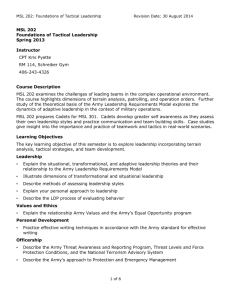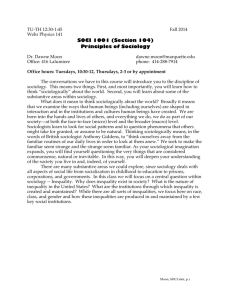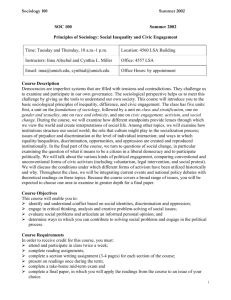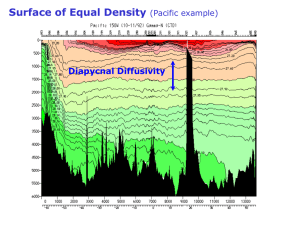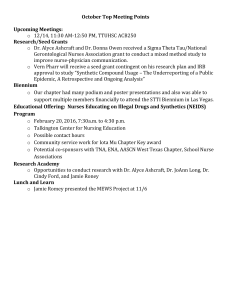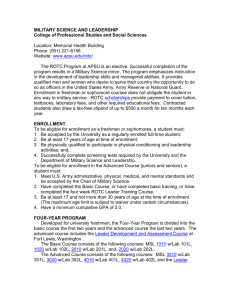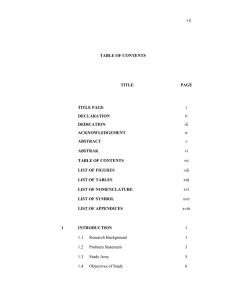Long Term Care - Treatment Education Program Funding Formula
advertisement
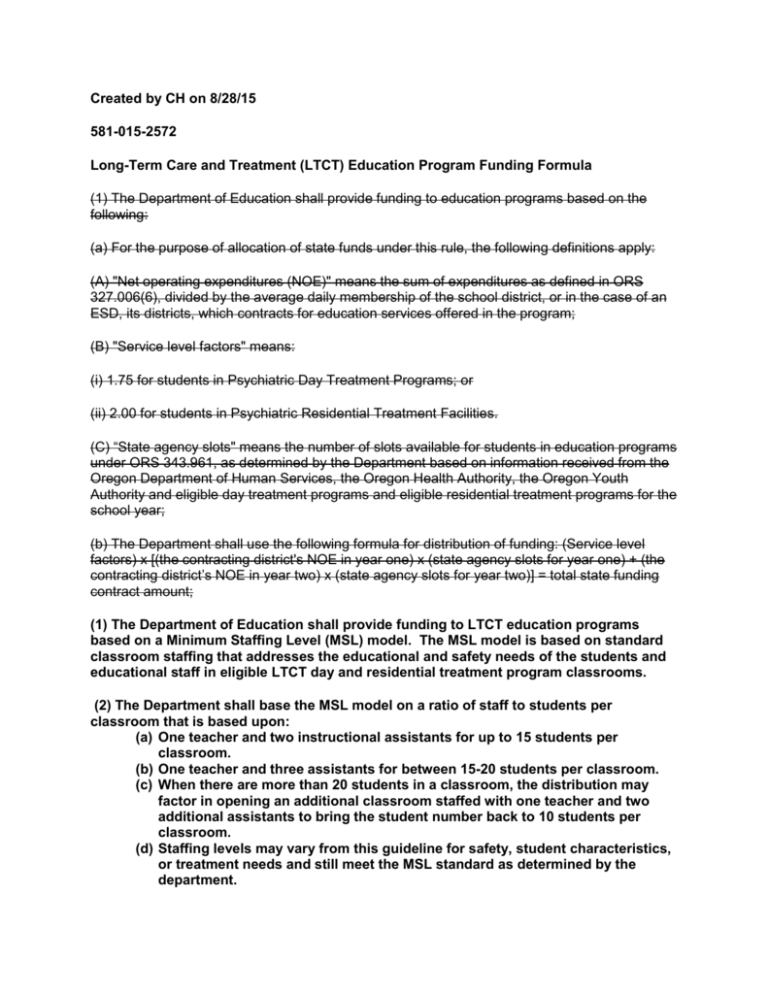
Created by CH on 8/28/15 581-015-2572 Long-Term Care and Treatment (LTCT) Education Program Funding Formula (1) The Department of Education shall provide funding to education programs based on the following: (a) For the purpose of allocation of state funds under this rule, the following definitions apply: (A) "Net operating expenditures (NOE)" means the sum of expenditures as defined in ORS 327.006(6), divided by the average daily membership of the school district, or in the case of an ESD, its districts, which contracts for education services offered in the program; (B) "Service level factors" means: (i) 1.75 for students in Psychiatric Day Treatment Programs; or (ii) 2.00 for students in Psychiatric Residential Treatment Facilities. (C) “State agency slots" means the number of slots available for students in education programs under ORS 343.961, as determined by the Department based on information received from the Oregon Department of Human Services, the Oregon Health Authority, the Oregon Youth Authority and eligible day treatment programs and eligible residential treatment programs for the school year; (b) The Department shall use the following formula for distribution of funding: (Service level factors) x [(the contracting district's NOE in year one) x (state agency slots for year one) + (the contracting district’s NOE in year two) x (state agency slots for year two)] = total state funding contract amount; (1) The Department of Education shall provide funding to LTCT education programs based on a Minimum Staffing Level (MSL) model. The MSL model is based on standard classroom staffing that addresses the educational and safety needs of the students and educational staff in eligible LTCT day and residential treatment program classrooms. (2) The Department shall base the MSL model on a ratio of staff to students per classroom that is based upon: (a) One teacher and two instructional assistants for up to 15 students per classroom. (b) One teacher and three assistants for between 15-20 students per classroom. (c) When there are more than 20 students in a classroom, the distribution may factor in opening an additional classroom staffed with one teacher and two additional assistants to bring the student number back to 10 students per classroom. (d) Staffing levels may vary from this guideline for safety, student characteristics, or treatment needs and still meet the MSL standard as determined by the department. (e) At the department’s discretion up to 15.0 percent may be added to LTCT contracts to cover educational overhead costs such as indirect, administrative costs and other educational service related costs. (c) (3) If the total state funding available for all LTCT programs is less than the total state funding needed to fully fund each LTCT contract under the MSL model, the amount of state funding in each contract determined under paragraph (b) (2) of this subsection will be prorated. (4) LTCT education programs shall use the funding from the department based on the MSL model to implement the MSL model as described under paragraph (2) of this rule. Any variation in staff to student classroom ratios under the MSL model must be approved by the department. (d) (5) A special needs fund is established at the Oregon Department of Education which will be up to five percent of the total state monies made available for the LTCT program during a biennium: (a) Individual applications may be made to the Department for this fund to cover unexpected, emergency expenses; (b) Funds not utilized under this paragraph for the first year of the biennium will be carried forward by the Department to the next fiscal year and the remaining balance at the end of the biennium will be carried over as reserve funds into the next biennium. Stat. Auth. ORS 326.051 & 343.961 Stats. Implemented: ORS 343.243 & 343.961 Hist.: ODE 14-2009, f. & cert. ef. 12-10-09; ODE 15-2011, f. & cert. ef. 12-15-11
